- Learning time
- 30 minutes
- First play time
- 120 minutes
Castell
Designed by: Aaron Vanderbeek
In Castell players are competing Castellers: travelling Spain and performing their routines where they build towers of people!
The board represents the regions of Spain you will travel, as well as the two ways to score – regions will score your performances in certain rounds, but you can also put on a performance if you happen to be there and can put on a Castell that pleases them!
In each of the ten rounds you can move your castell piece on the board, train your castell in a variety of ways, recruit more castellers and – hopefully – put on a performance. There’s two reasons for moving – firstly, to get to a place where your castellers may be rewarded for a performance, and secondly because there are limited castellers available for recruitment. You want to recruit, because the more castellers you have, the more flexibility you have in the towers you make – and the more points you can score! And you want to train as well, because a well-trained castell is more malleable than an untrained one.
The basic castell rules are that the stronger members (higher numbers) must go at the bottom, and the higher you go, the lower each number must be in the next level up. It must also get narrower: i.e. if your bottom row is only three castellers wide (which at the start is the maximum it can be), the next level up can only be two wide, and so on. But most of these rules are ‘breakable’ in the sense that advancing your training in base (go as wide as you like!) width (one wider all the way up) balance (a level can be the same width as the one beneath it!)
At the end of rounds 3-10 one or more regions will call for a performance so if you’re in that region and can meet the requirements (for instance, Barcelona might only accept a castell where there is strength and width) you can perform. You can also pick up additional points by putting on an impromptu local performance in a region (what each region likes is, again, visible on the board)
The key – or catch – with Castell, is that you don’t score for all your performances, only your biggest ones: if your latest performance doesn’t score more than an earlier one, it won’t move you up the score track. At the end of the game you add on any rewards you got for local performances, and the most points wins.
The guru's verdict
-
Take That!
Take That!
There's no direct interaction, but players can beat each other to the punch when claiming castellers or racing to perform a local show. There can also be competition at the festivals!
-
Fidget Factor!
Fidget Factor!
Eeeesh... potentially high, depending on who you're playing with and how familiar they are with the game. Training is limited - you can only train a certain ability in a certain area - an so are the castellers...
-
Brain Burn!
Brain Burn!
...and what this amounts to is a real puzzle of trying to build a castell for a certain spot at a certain time, which can be quite a juggling act.
-
Again Again!
Again Again!
Lots of variety, but you really need to like the puzzley aspect here.

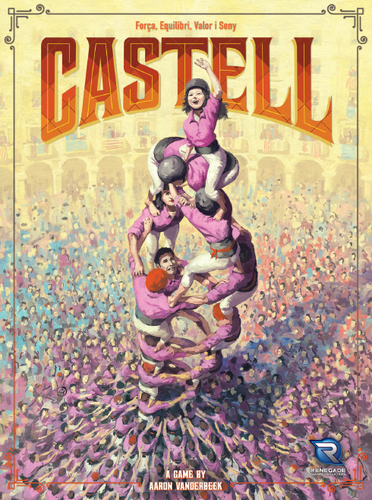
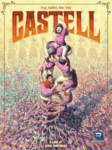
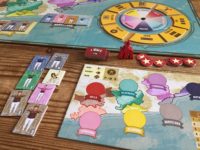
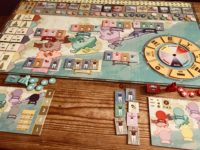
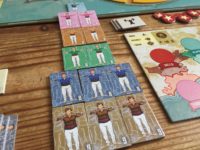
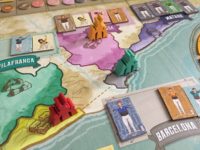


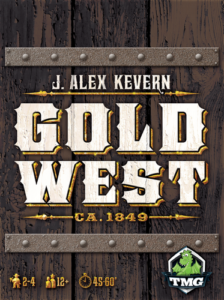


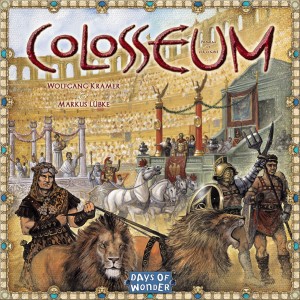
Sam says
It's quite a striking game and the castells feel unique in a world (of boardgames) where there's a surfeit of medieval merchant traders and combative astronauts. But every player was spending a lot of time scratching their head, which felt at odds with the the festive, cheery theme. You can only train certain skills in certain regions, but what you can train for where changes every round, and with available castellers being snapped up quickly too the puzzle errs more toward a thinky, juggling, mental challenge than fast-moving family fun. The building of your castells is visually rewarding, but for my family it was overall a bit too dense, and for me the protracted lulls in play were getting the way of the fun. The latest-show scoring reminded me of an old favourite in Colosseum; but while that game lasts longer, it moves at a much quicker rate.